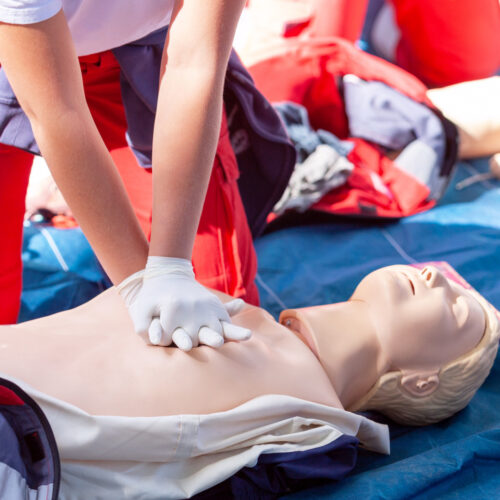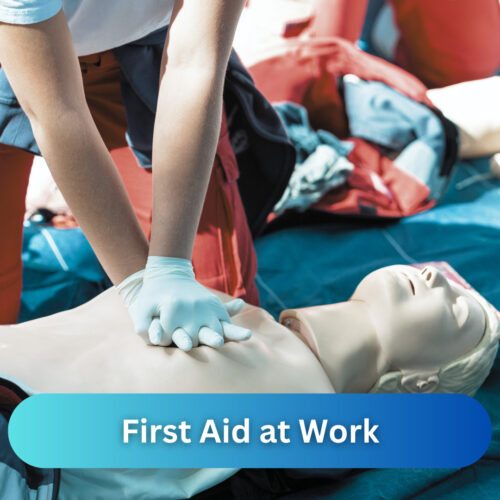OFQUAL Accredited Certificate, valid for 3 years.
This course is for people wishing to renew an existing, valid First Aid at Work certificate.
This course is designed for anyone who is currently an accredited first aider, particularly appropriate to companies as it achieves the recommended guidelines for the Health & Safety (First Aid) Regulations 1981.
All delegates must hold a valid and current First Aid at Work certificate to attend this course. Please provide a copy of your in-date certificate before attending.
Candidates need a basic command of English (defined as Level 2).
Course Content
Roles & Responsibilities of a First Aider
First Aid Kits
Legislation
Recovery Position
CPR on Adults
Defibrillation & AED’s
Choking Adults
Circulatory System – Bandaging Wounds & Embedded Objects
Hypovolaemic Shock
Anaphylaxis
Seizures
Minor Injuries – Cuts, Grazes, Bruises, Burns & Scalds, Foreign Objects & Splinters
Bones, Joints & Muscles Injuries
Fractures & Dislocations
Strains & Sprains
Major Illnesses – Heart Attack, Angina, Stroke, Asthma, Diabetes, Poisons
Chest Injuries Abdominal Trauma & Crush Injuries
Hot & Cold Conditions


